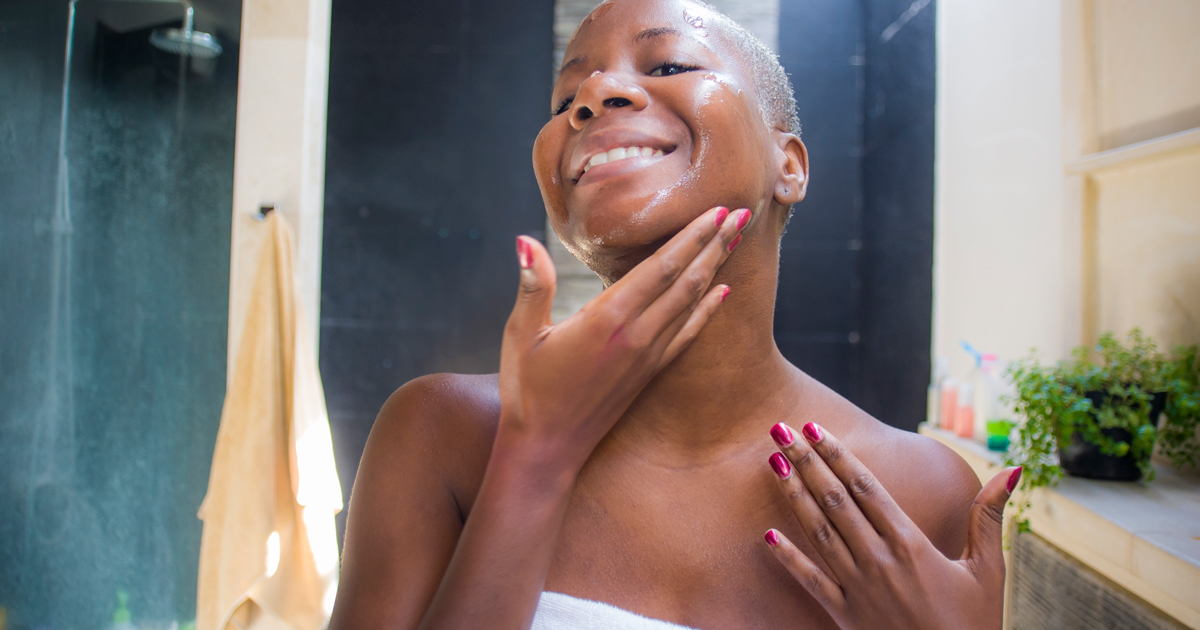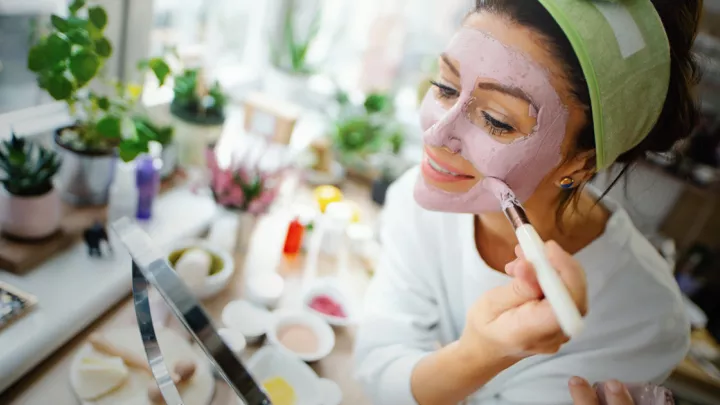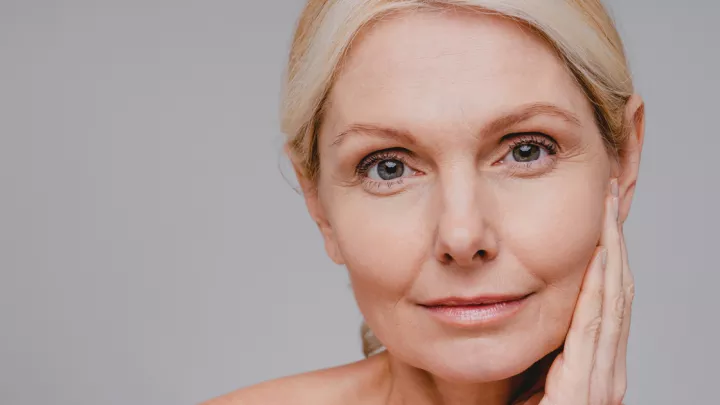Is the slugging beauty trend beneficial for everyone?

If you keep an eye on internet beauty trends, you may have heard of a skin care routine called slugging. Slugging refers to slathering your face in a thick, petroleum-based product before bedtime. The idea, which is believed to have originated in South Korea, is to seal in moisture and prevent hydration loss overnight.
When products made with petroleum-based ointments are applied to the face, it takes on a slimy, shiny appearance (similar to what a slug would leave behind). Fans of slugging believe it makes their facial skin softer, suppler and better hydrated, but the trend isn't exactly a new idea. Grandmothers used similar skin care routines generations ago.
The question remains: Should everyone be trying it? Is it safe for those with skin conditions?
"There may be times when slugging may be helpful if a person suffers from severe dryness or eczema," says Ronald Sulewski, MD, Nebraska Medicine dermatologist. "For the average person, though, it may not do much. I probably won't be pointing many patients to slugging, but if a person loves it and their skin is a good fit for it, I probably wouldn't deter them from it."
Is slugging safe if I have a skin condition?
The answer to this depends on what type of skin condition you may have.
Acne-prone skin or blackheads
Certain online videos claim slugging can help eliminate blackheads, but Dr. Sulewski disagrees. "If you're prone to acne, I wouldn't recommend slugging," he explains. "Especially those with a condition like acne cosmetica, because thicker balms can actually cause acne or make the condition worse. In addition, sweat glands can end up blocked with thick ointments and cause milia, a tiny pimple-like condition, especially in an acne-prone person."
Rosacea
You may be a good fit for slugging if you have conditions that make you prone to dry skin (like eczema and rosacea). Those with rosacea that have red, dry, and irritated skin could see benefits from slugging. Slugging is not a good idea for people with papulopustular rosacea, which is more like acne-prone skin. "With conditions like rosacea, slugging may not necessarily be a bad thing, but those with the condition need to be really careful what they put on their skin, says Dr. Sulewski. "It truly depends on what type of rosacea you have, so it's best to consult a dermatologist before trying it."
Psoriasis
Psoriasis isn't very common on the face but sometimes may occur around the hairline. Slugging may or may not be helpful, but it most likely won't cause harm.
As a sunburn treatment
One may think slathering a thick ointment over a sunburn would help rehydrate the skin, but a good quality facial cream is a better choice. Thicker ointments can trap the heat in, making someone with a sunburn even more miserable, prolonging the burning sensation.
If you have something going on with your skin, and you're not sure what it is
If you suspect an issue with your facial skin, avoid slugging until you see a dermatologist to rule out an infection or other undiagnosed skin condition.
Should I use an anti-aging product along with slugging?
Certain anti-aging products are not good to combine with slugging. Using an anti-aging product before slugging can potentially amplify the intensity of the anti-aging product and cause chemical burns. A dermatologist can help you tailor your skin care regimen to avoid harming your skin.
What if I want to try slugging but am not sure about it?
"If I had a patient who wanted to try slugging, first I'd make sure whatever skin condition they may have would not be exacerbated by it," says Dr. Sulewski. "If a patient is looking for an anti-aging treatment, typically we would look for a product with more focused anti-aging properties instead. We'd recommend easier methods for someone with very dry skin, such as a cream that's not as thick and goopy as petroleum-based ointments."
If your skin is a good candidate for slugging and you'd like to give it a try, be sure to start with a clean face and clean hands. Spread a thin layer either on the whole face or small parts of the face that are driest, and place a towel on your pillowcase to keep it clean while you sleep.
Before trying a new skin care routine, it's wise to understand the dos and don'ts for at-home facials and the best skin care routine for any skin type.
Call 800-922-0000 to set up an appointment with one of our many skilled dermatologists.






